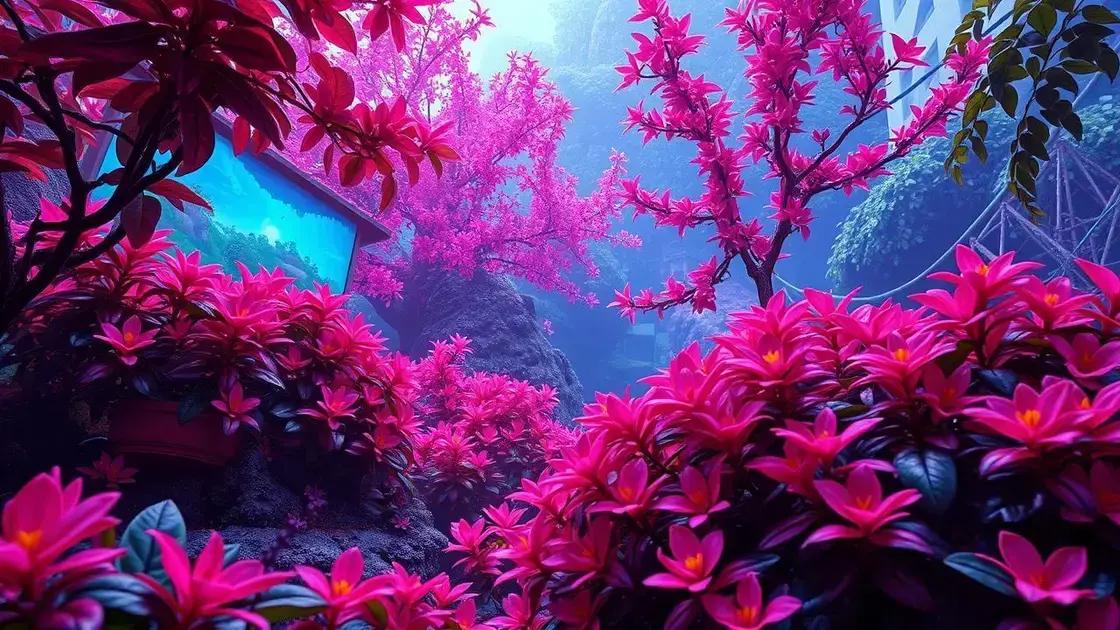How to Care for a Daphne Plant: 7 Amazing Tips for Thriving Growth
How to care for a daphne plant can seem like a challenge, but it doesn’t have to be. With the right knowledge, your daphne can thrive and offer delightful blooms. Let’s explore some essential tips on sunlight, watering, and common issues you might face.
Table of Contents
ToggleUnderstanding daphne plant sunlight needs
Understanding daphne plant sunlight needs is crucial for successful care. Daphne plants thrive best when they receive adequate sunlight while also protecting them from harsh direct rays. These plants prefer partial shade to full sun, with at least 4 to 6 hours of sunlight per day to maintain vibrant growth and flowering.
When positioning your daphne plant, consider the following light requirements:
- Morning sun is preferable, as it warms the plant gradually.
- Afternoon shade helps prevent leaf scorch during the hotter parts of the day.
To further optimize the daphne’s sunlight intake, here are some tips:
- Choose a location where daphne plants can receive filtered sunlight, especially in extreme climates.
- Regularly monitor the plant for signs of stress, such as wilting or leaf discoloration, which can indicate insufficient or excessive sunlight.
It is also beneficial to rotate your daphne plant periodically, especially if grown indoors, to ensure even light distribution.
Light requirements in different climates
Depending on your region, sunlight needs may vary:
| Climate Type | Sunlight Preference |
|---|---|
| Cooler Zones | Full sun to partial shade |
| Warmer Zones | Partial shade preferred |
Also, consider the impact of nearby structures or plants, as they can create unnecessary shade. For those interested in expanding their knowledge, check out this resource on exploring indoor gardening techniques to better understand how light affects container-grown plants.
By taking these light needs into account, your daphne plant can flourish and bring beauty to your garden or home.
Essential watering techniques for daphne plants

Essential watering techniques for daphne plants are vital to ensure healthy growth and beautiful blooms. Understanding the water requirements of daphne plants can prevent overwatering or underwatering, both of which can lead to serious problems.
The key factors to consider when watering your daphne plants include:
- Soil moisture: Always check the soil moisture before watering by inserting your finger into the soil about an inch deep. If it feels dry, it’s time to water.
- Water frequency: During the growing season, typically in spring and summer, water your daphne plants once a week. In winter, reduce watering to every two weeks.
Watering methods
Effective watering techniques include:
- Drip irrigation: This method delivers water directly to the roots and minimizes evaporation.
- Soaker hoses: Lay soaker hoses in the garden bed. They gradually release water into the soil.
- Hand watering: Use a watering can or hose with a spray nozzle to water the base of the plant, avoiding the leaves.
Always aim to water early in the morning or late in the afternoon to reduce evaporation and help the plant absorb moisture effectively.
Signs of overwatering and underwatering
Monitoring your daphne for any signs of distress will also help determine your watering needs effectively:
| Signs | Indicates |
|---|---|
| Yellowing leaves | Overwatering |
| Wilting even when soil is moist | Underwatering |
| Brown leaf edges | Both overwatering & underwatering |
To further enhance your gardening skills, consider exploring indoor gardening techniques that can complement outdoor practices.
By applying these essential watering techniques, you will nurture your daphne plants effectively, contributing to their overall health and vigor.
Common problems and solutions for daphne maintenance
Common problems and solutions for daphne maintenance are essential to ensuring the health and beauty of your plants. Like any garden plant, daphne can face a variety of challenges that may hinder its growth and flowering.
Monitoring and identifying issues
Regularly checking your daphne plants can help catch potential problems early. Here are some common issues:
- Leaf discoloration
- Pests such as aphids or spider mites
- Stunted growth
- Fungal infections
Understanding what causes these problems can lead to effective solutions.
Solutions for common daphne problems
Here are some practical solutions to common issues faced by daphne plants:
- Leaf discoloration: This is often due to nutrient deficiencies. Fertilizing the plant with a balanced, slow-release fertilizer can help. Aim for a fertilizer with equal parts nitrogen, phosphorus, and potassium.
- Pest control: If you spot pests, treat your daphne with insecticidal soap or neem oil. This minimizes harm to the plant while addressing the infestation.
- Stunted growth: Check your daphne’s watering regimen. Ensure you’re watering correctly and not causing the roots to rot by overwatering.
- Fungal infections: Promote good airflow around your daphne by pruning to enhance circulation. Additionally, avoid overhead watering to keep foliage dry.
Preventive measures for healthy plants
Preventing problems before they arise is an effective strategy:
| Preventive Measure | Benefits |
|---|---|
| Regular pruning | Encourages airflow and healthy growth |
| Proper watering | Prevents root rot and encourages strong roots |
| Using mulch | Helps retain soil moisture and suppresses weeds |
For additional insights into planting techniques, you can benefit from exploring indoor gardening techniques, which can also apply to outdoor care.
By being proactive and attentive to your daphne plants, you can effectively solve problems as they arise and ensure a flourishing garden.
In conclusion
Caring for a daphne plant requires attention to sunlight, watering techniques, and addressing common problems. By understanding its specific needs, you can cultivate a healthy and vibrant daphne that flourishes in your garden or home. Remember to regularly monitor your plant’s condition, providing the necessary sunlight and water while being proactive about potential issues.
Additionally, don’t hesitate to explore tips on enhancing your indoor garden, which can complement your outdoor practices and help you grow the best daphne possible.

